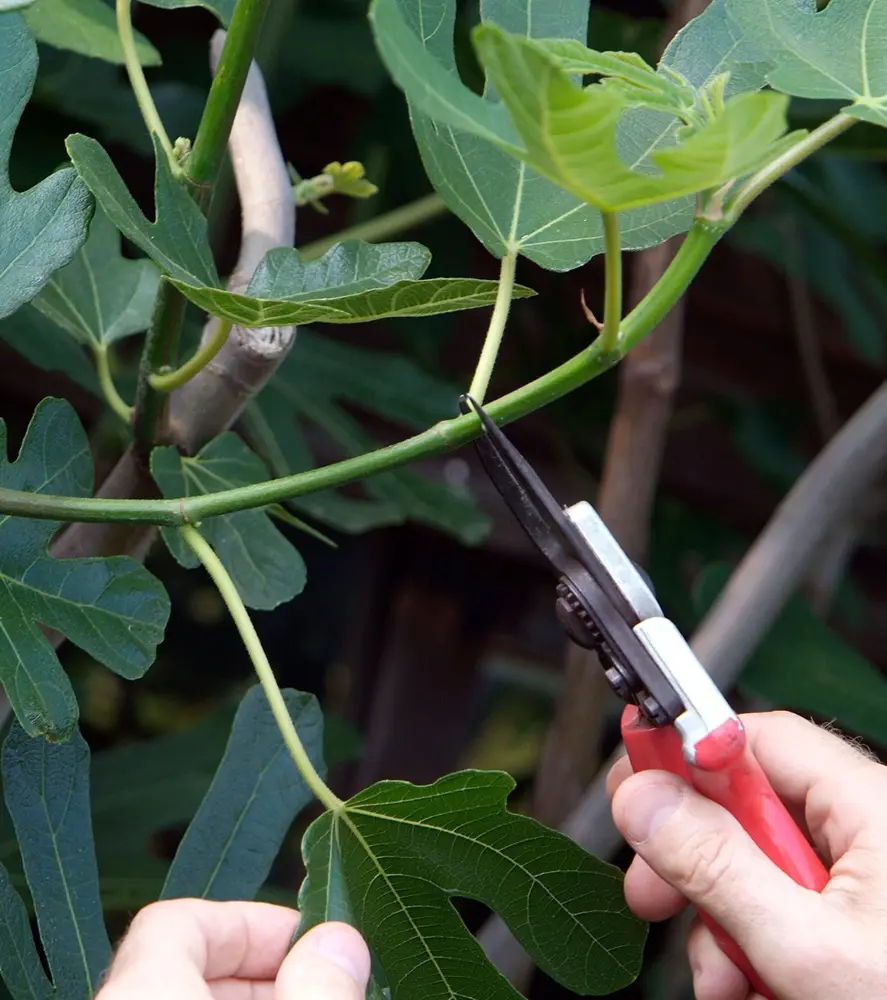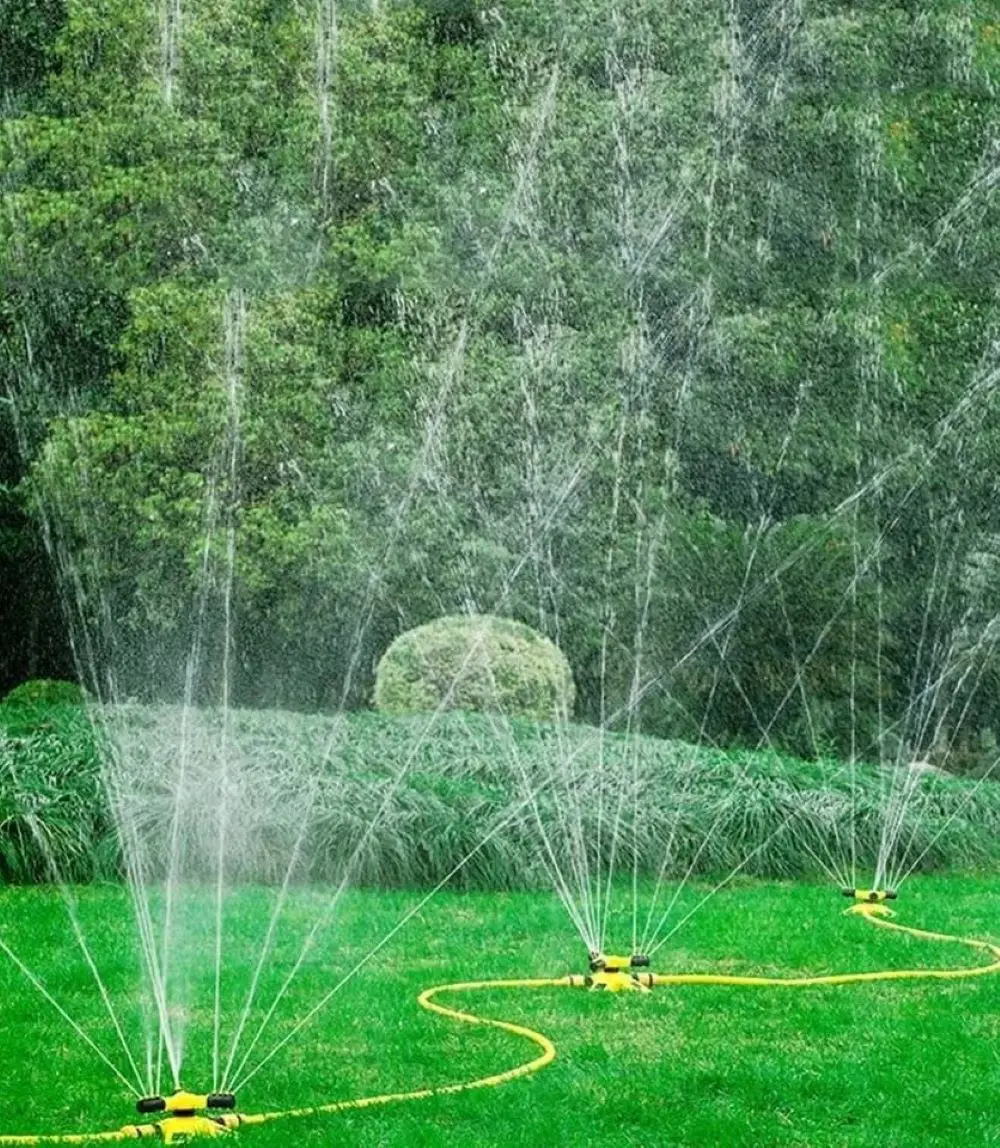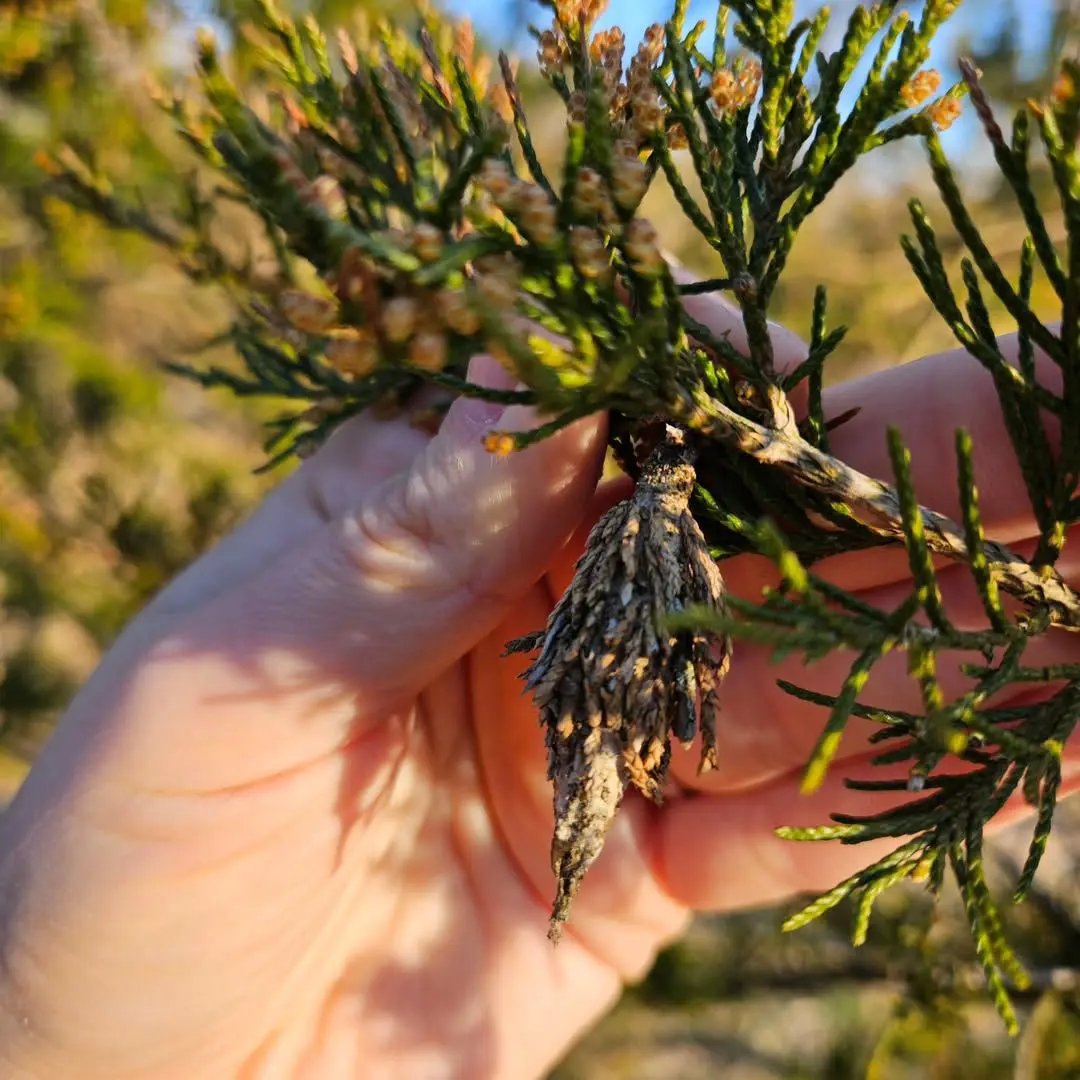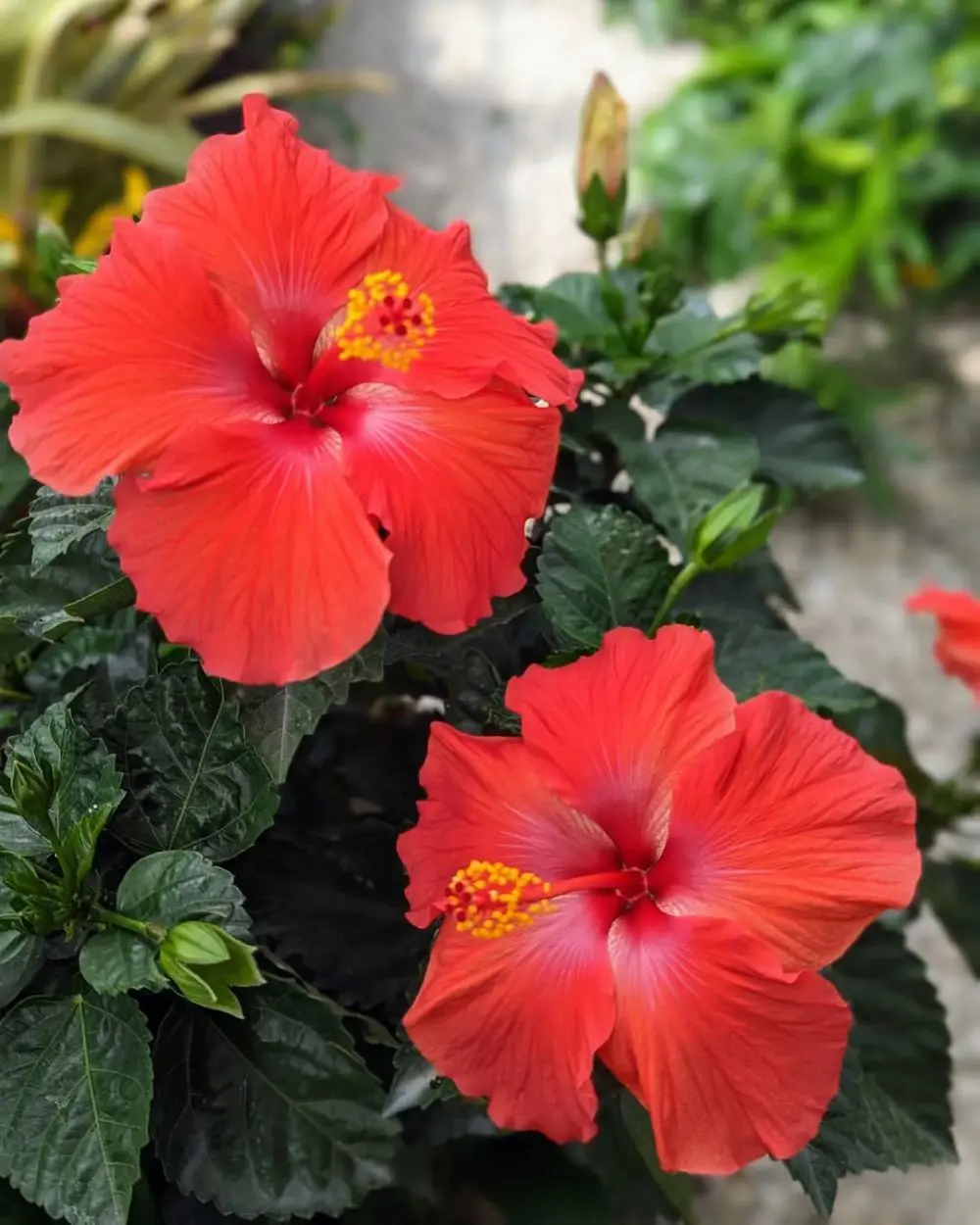Pruning fig trees is essential for maximizing growth and fruit production. Proper pruning techniques not only shape the tree but also encourage the development of more robust branches and an abundant harvest.
In this article, we’ll guide you through the steps to effectively prune your fig tree, ensuring it thrives and yields plentiful, delicious figs.
Whether you're a seasoned gardener or a novice, these tips will help you achieve a healthy and productive fig tree.
Importance Of Pruning Fig Trees
Shape and Structure
Pruning plays a vital role in shaping the fig tree and establishing a strong framework. By selectively removing unwanted branches and encouraging desirable growth, pruning helps create a balanced and sturdy structure.
This structure is essential for supporting the weight of the fruit as it develops, preventing branches from breaking under the load.
Health
Regular pruning allows for the removal of diseased, dead, or damaged branches. These compromised parts of the tree can harbor pests and diseases, which may spread to healthy areas if not promptly removed.
By eliminating these potential sources of infection, pruning helps maintain the overall health and vigor of the fig tree.
Air Circulation and Light Penetration
Thinning out branches through pruning improves air circulation within the canopy of the fig tree. Adequate air movement reduces humidity levels and promotes faster drying of leaves and fruit, which helps prevent fungal diseases such as mildew.
Additionally, pruning opens up the canopy to allow more sunlight to reach the inner branches and develop fruit. Improved light penetration ensures better photosynthesis, leading to healthier growth and enhanced fruit production.
Fruit Production
One of the primary reasons for pruning fig trees is to promote optimal fruit production. Proper pruning techniques encourage the growth of new wood where figs are typically produced.
By removing older wood and stimulating the development of new shoots, pruning helps rejuvenate the tree and ensures a more abundant and evenly distributed crop of figs. Pruning also helps manage the size and shape of the tree, making it easier to harvest the fruit when it ripens.
When to Prune?
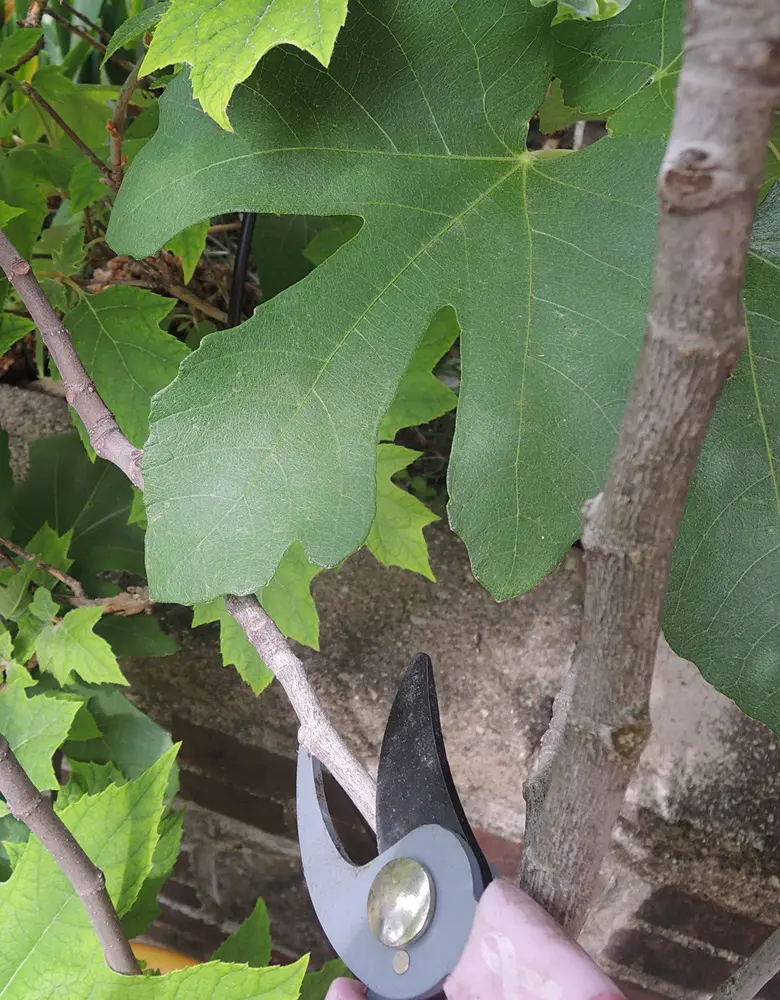
Pruning fig trees at the right time is crucial for their health, structure, and fruit production. Here’s a detailed guide on when and how to prune your fig tree based on the season and your specific goals:
Dormant Season (Winter)
The dormant season, typically in late winter before new growth begins, is the best time for significant pruning. Pruning during this period has several advantages:
- Minimized Sap Loss: During dormancy, the tree's metabolic activities slow down, resulting in less sap flow. This reduces the risk of sap bleeding from cuts, which can otherwise weaken the tree.
- Reduced Stress: Pruning when the tree is not actively growing minimizes stress, promoting a stronger and healthier regrowth in spring.
- Disease Prevention: With the tree in dormancy, there is a lower risk of diseases entering through the pruning wounds. This helps maintain the tree's overall health.
Steps for Winter Pruning:
- Inspect the Tree: Examine the tree for any dead, diseased, or damaged branches that need to be removed.
- Remove Problematic Wood: Start by cutting away any dead, diseased, or damaged branches to prevent the spread of disease and pests.
- Shape the Tree: Focus on shaping the tree by removing any branches that cross or rub against each other. This helps in creating a strong structure.
- Encourage New Growth: Cut back long, unproductive branches to lateral branches to stimulate the growth of new fruiting wood.
Summer Pruning
Summer pruning, usually done in mid to late summer, involves lighter cuts and has different objectives than winter pruning:
- Managing Size: Summer pruning helps keep the tree's size in check, making it more manageable and easier to harvest.
- Removing Suckers and Water Sprouts: Suckers (shoots from the base) and water sprouts (vigorous, vertical shoots) can divert energy from fruit production. Removing these during summer ensures more resources are directed towards fruiting.
- Improving Air Circulation: Thinning out the canopy during summer improves air flow, reducing the risk of fungal diseases and helping fruit ripen evenly.
- Enhancing Light Penetration: By allowing more light into the canopy, summer pruning supports better fruit development and quality.
Steps for Summer Pruning:
- Identify Suckers and Water Sprouts: Look for any shoots emerging from the base or vertical shoots growing rapidly.
- Remove Suckers: Cut suckers as close to the base as possible to prevent them from draining energy from the main tree.
- Trim Water Sprouts: Remove or cut back water sprouts to maintain the tree’s shape and ensure the energy is directed towards fruit production.
- Thin Out Crowded Branches: Selectively thin out branches to improve air circulation and light penetration, focusing on areas where branches are too dense.
Tools Needed for Pruning
Having the right tools is crucial for effective pruning. Here are some essential tools you will need:
- Pruning Shears: For cutting small branches and twigs.
- Loppers: For thicker branches that are too large for pruning shears.
- Pruning Saw: For cutting large branches.
- Gloves: To protect your hands from sharp tools and rough branches.
- Disinfectant: To sterilize your tools and prevent the spread of disease between cuts.
Pruning Young Fig Trees
Pruning young fig trees (1-3 years old) focuses on establishing a strong framework. Here’s a step-by-step guide:
First Year
- Planting Time: After planting, cut the main trunk back to 24-30 inches (60-75 cm) above the ground. This encourages branching and creates a strong framework.
- Remove Suckers: Remove any suckers growing from the base of the tree.
Second Year
- Select Main Branches: Choose 3-4 strong branches to become the primary scaffold branches. These should be evenly spaced around the trunk and not all originate from the same height.
- Cut Back Main Branches: Cut back the selected branches by about one-third to encourage further branching.
- Remove Competing Branches: Remove any branches that compete with your selected scaffold branches and any suckers.
Third Year
- Further Training: Continue to train the scaffold branches by cutting back new growth by one-third each winter.
- Thin Out: Thin out any crowded areas to improve air circulation and light penetration.
Pruning mature fig trees, typically those aged 4 years and older, is essential for maintaining their shape, health, and ensuring optimal fruit production. Here’s a comprehensive guide on how to prune mature fig trees effectively:
Pruning Techniques for Mature Fig Trees
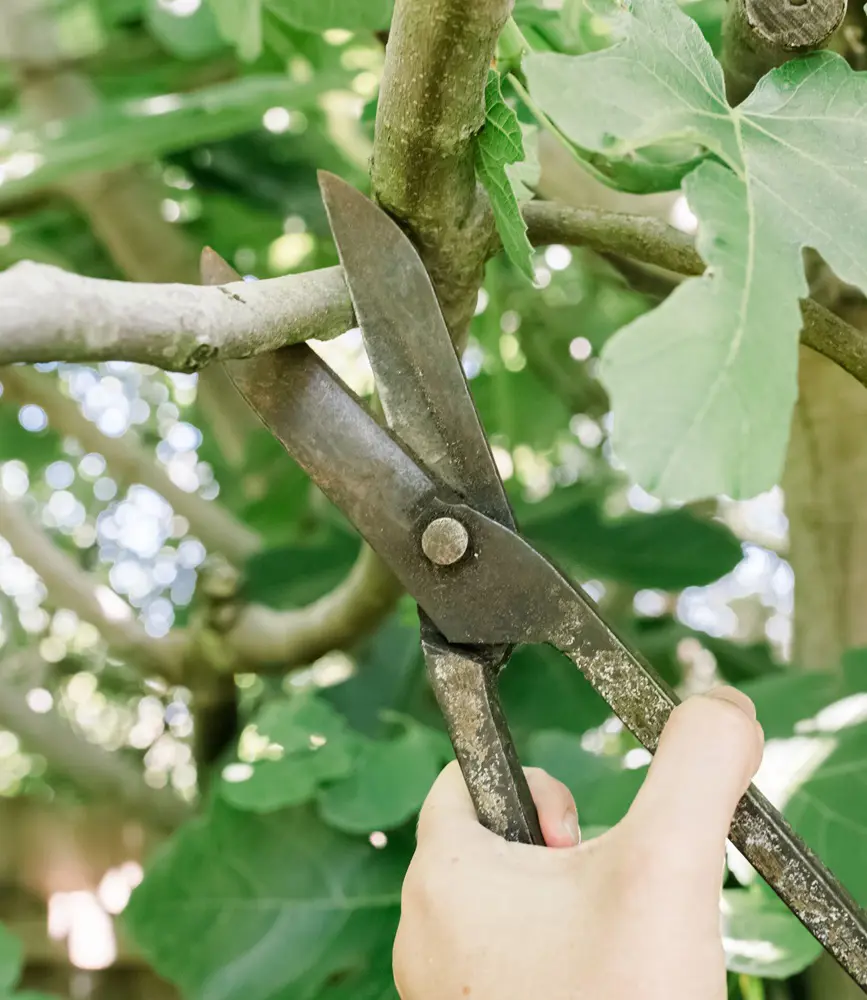
Remove Dead, Diseased, and Damaged Wood
Begin by inspecting the fig tree for any branches that are dead, diseased, or damaged. These should be promptly removed using clean, sharp pruning shears. Removing such branches not only improves the tree's appearance but also prevents the spread of diseases and minimizes the risk of pest infestations.
Remove Suckers and Water Sprouts
Suckers, which are shoots growing from the base of the tree, and water sprouts, vigorous vertical shoots, should be removed as they compete with the main tree for nutrients and energy. Eliminating these allows the fig tree to channel its resources into fruit production and healthy growth.
Thin Out Branches
Thin out the branches to enhance air circulation and facilitate better light penetration throughout the canopy. Focus on removing branches that cross or rub against each other, as these can cause damage and hinder overall tree health. Pruning to open up the canopy also helps in reducing humidity levels, thereby minimizing the risk of fungal diseases such as mildew.
Cut Back Long Branches
Identify and prune back any excessively long or unproductive branches to a lateral branch or bud. This encourages the growth of new fruiting wood and redirects the tree's energy towards producing figs rather than maintaining overly lengthy branches.
Maintain Height
To facilitate easier harvesting and overall management, consider reducing the height of the fig tree if it has grown too tall. Prune the top branches to a manageable height while ensuring that you maintain the tree's desired shape and structural integrity.
Pruning for Maximum Fruit Production
Fig trees typically bear fruit on new wood, which is the growth from the current season. To maximize fruit production through pruning, follow these additional tips:
Annual Pruning
Prune your fig tree annually during the dormant season, ideally in late winter to early spring. This timing allows for the stimulation of new growth while the tree is still inactive, promoting vigorous branching and fruiting in the upcoming season.
Pinch Tips for New Growth
In early summer, pinch off the tips of new growth to encourage lateral branching and the formation of more fruiting sites. This practice helps in creating a bushier and more productive tree canopy, ensuring a greater yield of figs.
Balance Vegetative and Fruit Growth
Avoid excessive pruning, which can stimulate vegetative growth at the expense of fruit production. Instead, aim for a balanced approach that maintains a healthy ratio of old and new wood. Pruning should focus on removing old, unproductive wood while promoting the growth of new shoots that will bear fruit in the next growing season.
Fertilization and Watering
Complement your pruning efforts with proper fertilization and watering practices. Fertilize your fig tree with a balanced fertilizer formulated for fruit trees in early spring and again after pruning to provide essential nutrients for growth and fruit development. Ensure the soil remains consistently moist but well-drained to support healthy root development and overall tree vigor.
By following these pruning techniques and practices for mature fig trees, you can effectively manage their growth, maintain their health, and enjoy a bountiful harvest of delicious figs season after season. Pruning not only enhances fruit production but also ensures the longevity and vitality of your fig tree in the garden or orchard.
Common Mistakes to Avoid When Pruning Fig Trees
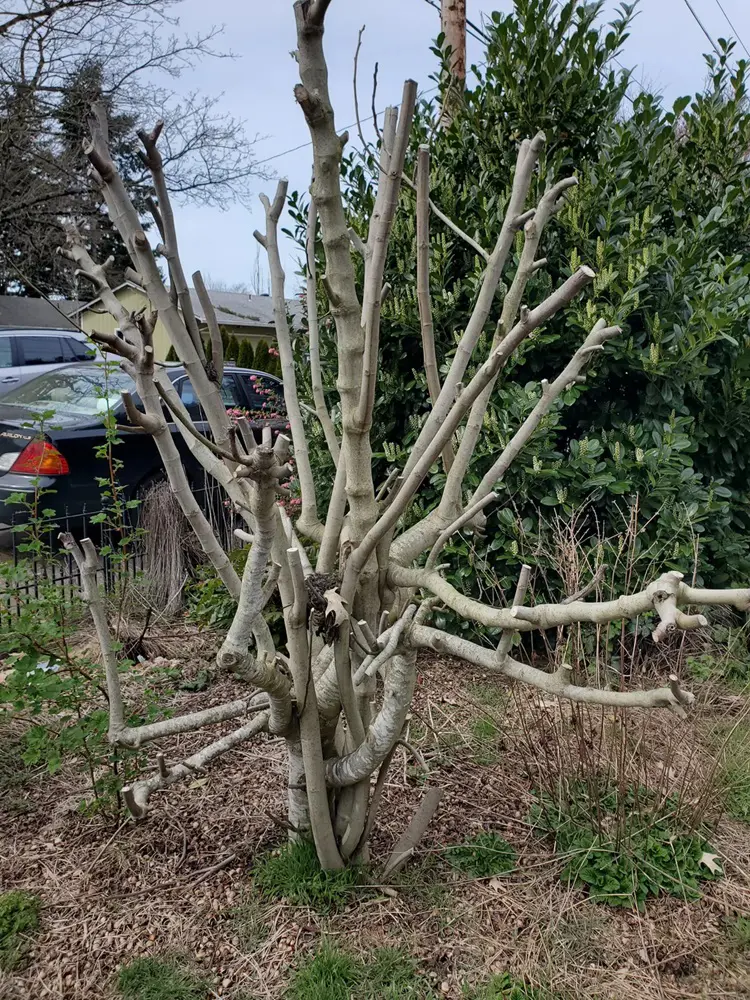
Over-Pruning
One of the most common mistakes is over-pruning, which involves removing too much foliage at once. This can stress the tree, weaken its overall health, and diminish fruit production.
It’s recommended to avoid removing more than 25% of the tree’s canopy in a single pruning session. By maintaining a balanced approach to pruning, you encourage healthy growth and maintain the tree’s natural vigor.
Pruning at the Wrong Time
Timing is crucial when it comes to pruning fig trees. Pruning during late summer or fall is discouraged because it can stimulate new growth that may not have enough time to harden off before winter.
This tender new growth is susceptible to cold damage, compromising the tree's health. The optimal time to prune fig trees is during the dormant season, typically in late winter to early spring, before new growth begins.
Improper Cuts
Making improper cuts can also harm the fig tree. Always use sharp, clean pruning shears and make cuts just above a bud or branch collar.
Leaving stubs or jagged cuts can create entry points for diseases and pests, increasing the risk of infection. Proper cutting techniques ensure quick healing and minimize stress on the tree.
Ignoring Tree Health
Pruning should be part of a comprehensive care regimen that includes monitoring and maintaining the overall health of the fig tree. Ensure your tree receives sufficient water, appropriate fertilization, and effective pest control measures.
A healthy tree is better equipped to withstand pruning and will recover more quickly, producing healthier foliage and more abundant fruit.
